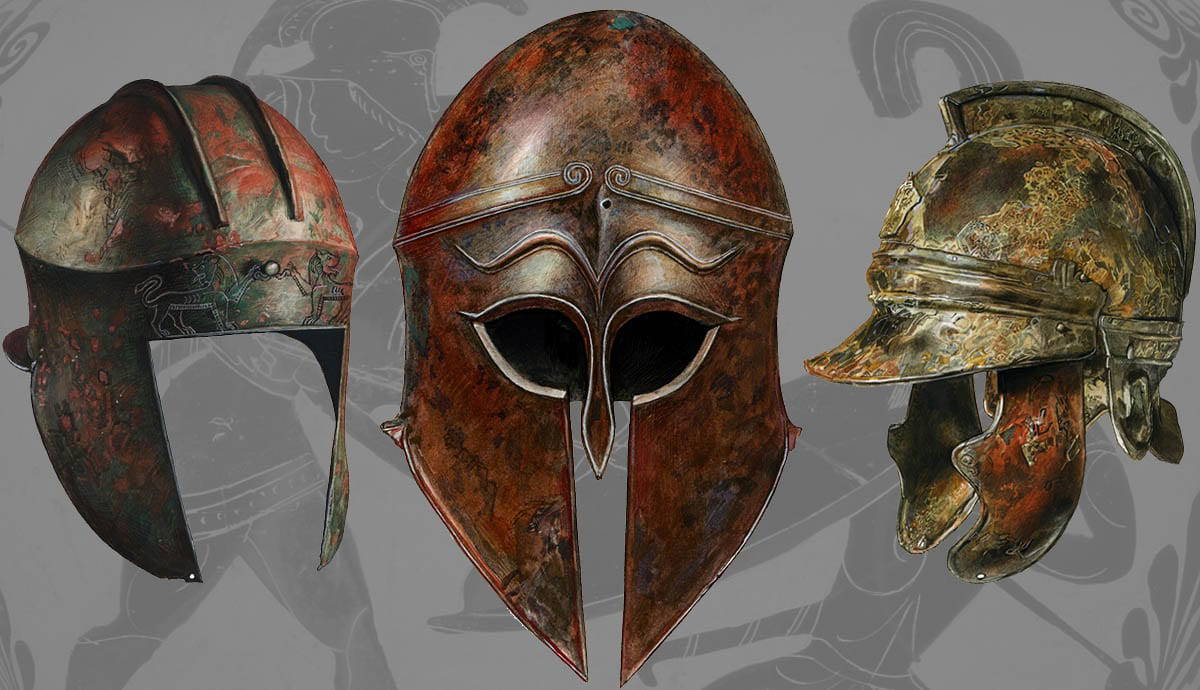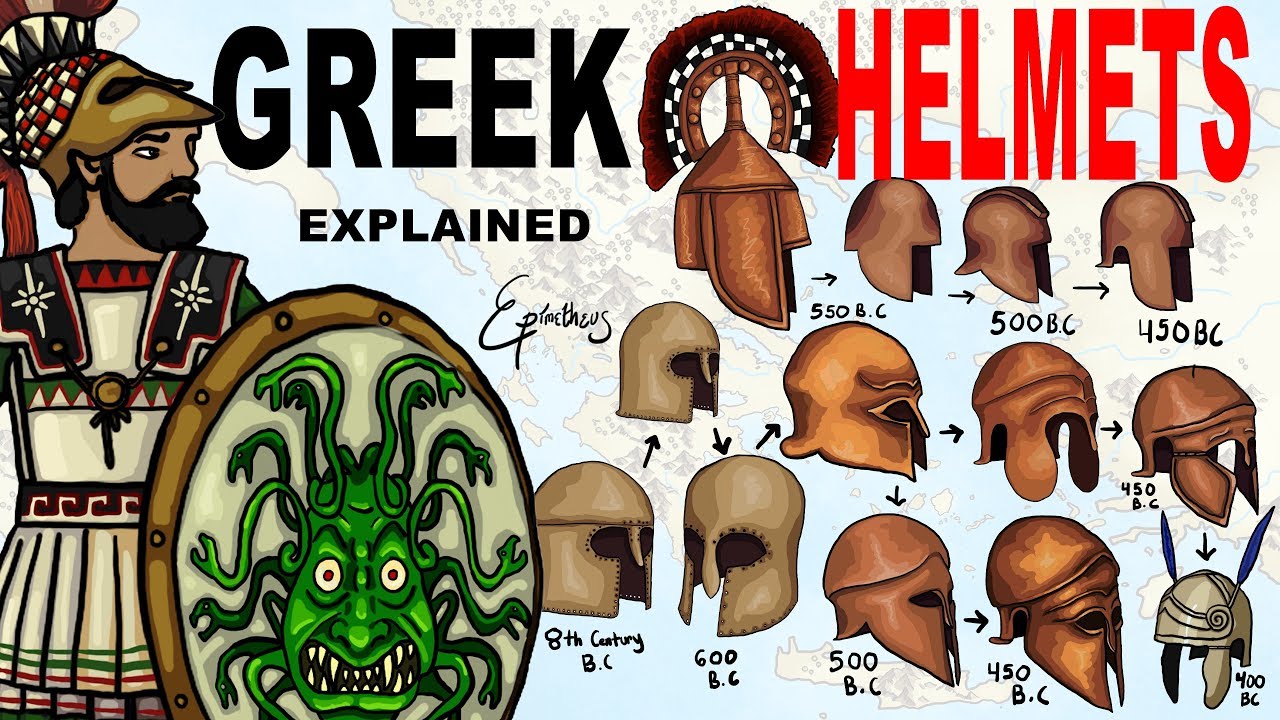So, I’ve been messing around, looking into ancient Greek war helmets lately. You know, everyone thinks they get it. You picture that classic bronze Corinthian helmet, the one you see in all the movies, right? The one that covers most of the face. And yeah, that’s one of them, a big one. But let me tell you, it's not the whole story, not by a long shot. It’s actually a whole complicated mess once you start digging.
More Than Just One Hat
I started pulling on that thread, and it just unraveled. It turns out, those Greeks weren't just stamping out one design. They had a whole bunch of different styles, and they changed over time, too. It makes sense, when you think about it. Warfare wasn’t static, so why would their gear be?
You had your Corinthian, of course. Iconic. Offered amazing protection. But, try hearing anything or seeing much to your sides in one of those. Not great for chatter or spotting a flank attack, I’d imagine.

Then they started tweaking things. You got the Illyrian type. That one was more open-faced. Probably easier to make, too. I saw some folks say it was popular in, well, Illyria and Macedon. Makes sense.
And then there’s the Chalcidian. This one was like a development, trying to get the good bits of the Corinthian but with better vision and hearing. They started cutting out bigger openings for the ears and eyes. Smart. It often had cheek pieces that were separate or hinged.
- Phrygian helmets: These were interesting. They had this forward-pointing peak, kinda like those caps, you know? Apparently offered good overhead protection.
- Boeotian helmets: These were more like a wide-brimmed hat, almost. The cavalry guys liked these, supposedly. Good visibility, kept the sun and rain off. You wouldn't want a Corinthian on a horse, I reckon. Too restrictive.
- Pilos helmets: Super simple. Just a conical cap, basically. Cheaper, easier to make. Probably for the guys who couldn't afford the fancy stuff.
And it wasn’t just the shape. Think about the materials. Yeah, bronze was the main thing, but what about inside? Leather lining, padding… you wouldn’t want raw metal on your skull. And the crests! Those big horsehair plumes. Not just for show, though I bet a lot of it was. Maybe helped with identification, or just looking terrifying.
Why All The Fuss? Well, It's Kinda Personal Now.
You’re probably wondering why I’m suddenly so clued up on ancient Greek headgear. It's a bit of a weird story, actually. A while back, I decided I was going to get into 3D modeling. You know, make some cool historical assets, maybe for games or something. I thought, "I'll start simple. A Greek helmet. How hard can it be?" Famous last words, right?
I downloaded some software, watched a few tutorials, and then started looking for references. And that’s where it all went sideways. I found one image, then another, then a whole academic paper on variations. Suddenly, I wasn't modeling; I was just falling down this rabbit hole of helmet typology. What was the difference between an early Corinthian and a late one? How did the Chalcidian evolve from it? Were those cheek guards really effective, or just for show?

My "simple" modeling project ground to a halt. I spent weeks, seriously, just reading and comparing diagrams. I was in digital museum archives, looking at photos of actual artifacts. I learned about hammering techniques, how crests were attached, the regional differences. My wife would come in and I'd be muttering about "nasal guards" and "occipital flanges." She thought I’d lost it.
I never actually finished that 3D model, not to a standard I was happy with anyway. The sheer variety and the subtle details just overwhelmed what I thought would be a weekend project. But man, did I learn a lot about helmets. More than I ever intended. It wasn’t the plan, but it just sort of happened. So now, when someone just says "Greek helmet," I can't help but think about all that complexity I stumbled into.
So yeah, it's more than just a bronze pot for your head. It's a whole evolution of design, driven by practical needs, available technology, and probably a bit of showing off too. Kind of fascinating when you really get into it, even if it’s by accident.








